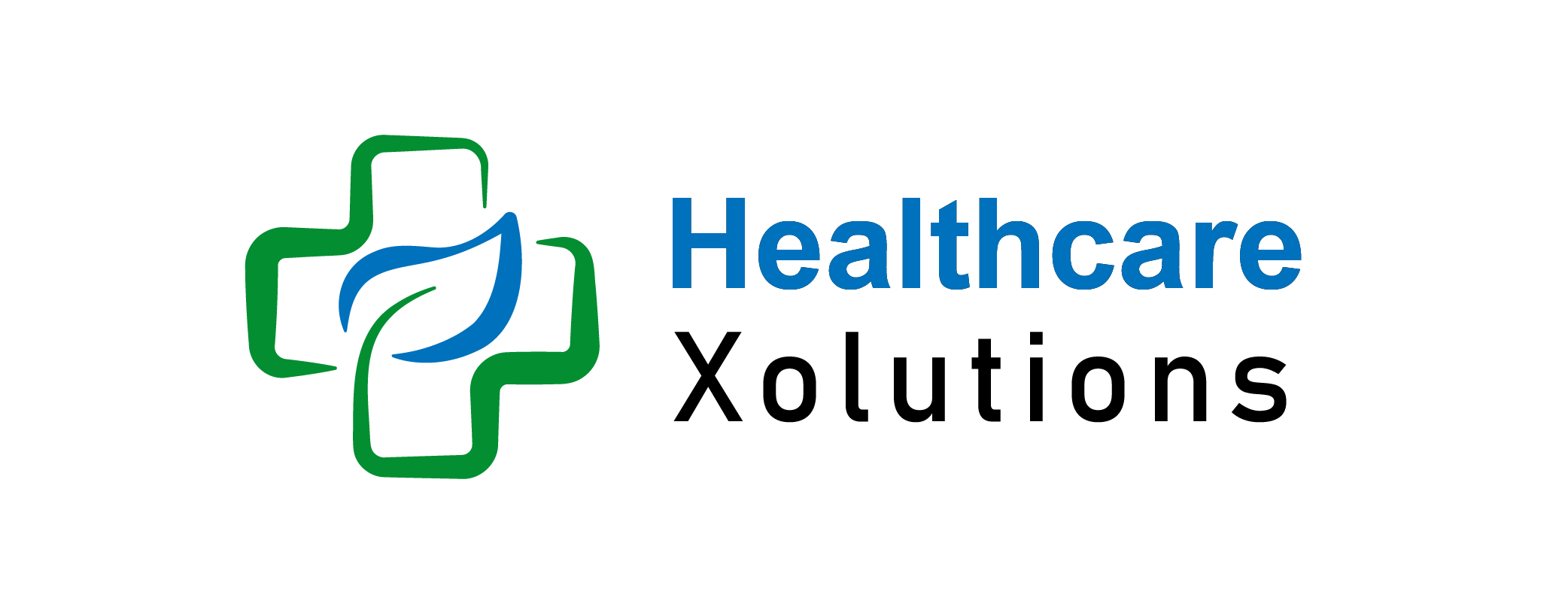Coverage Limits and Exclusions In Dental Insurance: Complete Guide

Over 74 million Americans had no dental coverage in 2023, and even those insured were surprised by coverage limitations when facing large bills. This coverage limits and exclusions in the dental insurance guide clarifies what insurers cover, what they don’t, and how to avoid costly mistakes.
If you’re exploring dental insurance that covers pre-existing conditions or researching usual and customary dental fees by ZIP code, understanding the limits and exclusions is vital in 2025.
Key Takeaways:
- Annual limits cap benefits at $1,000–$2,000 in most plans.
- Common exclusions include implants, cosmetics, and pre-existing issues.
- Waiting periods and LEAT clauses reduce coverage.
- Group dental plans limit annual benefits to manage insurer risk.
- Maximizing benefits requires smart timing and policy upgrades.
Table of Contents
What Are Coverage Limits In Dental Insurance?
Coverage limits define how much your insurer pays toward treatment.
1. Annual Maximum Limit:
- Common range: $1,000 to $2,000 per year.
- You pay full cost after reaching this cap.
Example: Policy covers $1,500 annually. A $2,000 crown leaves you paying $500 out-of-pocket.
2. Lifetime Maximum Limit:
- Applies to services like orthodontics.
- Once used, benefits never reset.
Example: $1,500 orthodontic lifetime cap = no future aligner coverage.
3. Per-Procedure Or Per-Tooth Limit:
- Caps reimbursement per treatment.
Example: Crown cost: $900. Reimbursement cap: $600. You pay $300.
Common Exclusions In Dental Insurance:
Exclusions are services not covered regardless of need.
1. Cosmetic Dentistry:
- Not covered unless medically necessary.
- Teeth whitening
- Veneers
- Cosmetic bonding
2. Pre-Existing Conditions:
- Common exclusion in standard policies.
- Missing teeth before coverage
- Ongoing treatments (e.g., incomplete root canals)
3. Orthodontics:
- Often excluded unless with premium plans or riders.
4. Implants & Advanced Restorative Work:
- Frequently uncovered.
- Dental implants
- Bone grafts
- Sinus lifts
5. Replacement Limitations:
- Restrictions on replacement intervals.
- Crowns/bridges often not covered if replaced within 5 years.
6. Treatment Frequency Limits:
- Common policy limits:
- 2 cleanings/year
- 1 fluoride/year
- 1 full X-ray every 12–24 months
Hidden Clauses That Affect Coverage:
Even if not labeled “exclusions,” these terms reduce your coverage:
- Waiting Periods: 6–12 months for major services.
- LEAT (Least Expensive Alternative Treatment): Insurer pays for the cheapest treatment, not always what’s recommended.
- Out-of-Network Penalties: Higher costs when using non-network providers.
Tips To Navigate Limits and Exclusions:
Make your policy work smarter:
- Know Your Policy: Get your plan’s Summary of Benefits and check caps and exclusions.
- Use Preventive Care First: Cleanings and exams are 100% covered in most plans.
- Split Large Procedures: Plan treatments across years (e.g., December–January).
- Use FSA or HSA Funds: Cover gaps with tax-free dollars.
- Upgrade When Necessary: Switch to higher-tier plans if you expect major work.
Conclusion – Coverage Limits and Exclusions In Dental Insurance:
Dental insurance is not comprehensive unless you understand coverage limits and exclusions in dental insurance. Plans may exclude implants, pre-existing issues, or cosmetic procedures. By reviewing exclusions, timing treatments, and budgeting wisely, you can avoid surprise bills and secure the best coverage, especially when dealing with group dental plan caps or searching for the best dental insurance for pre-existing conditions.
FAQs:
Can I switch dental insurance mid-treatment?
Yes, but new plans may not cover ongoing treatments started earlier.
What’s a pre-existing condition in dental insurance?
Missing teeth or untreated decay before policy activation.
Do dental plans cover implants?
Some high-tier plans do; basic plans often exclude them.
Why do group dental plans limit annual benefits?
To minimize insurer cost exposure and control risk.
